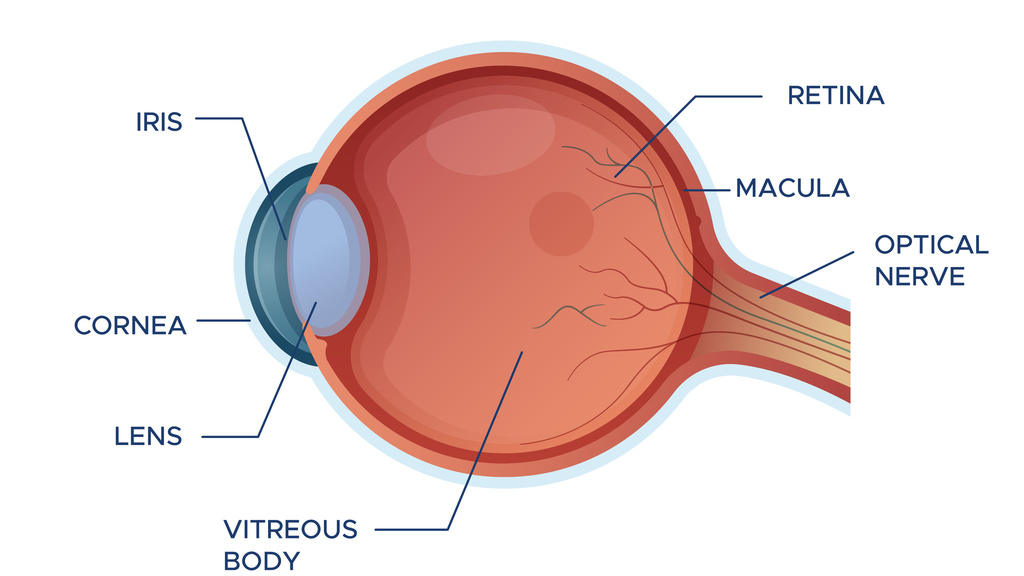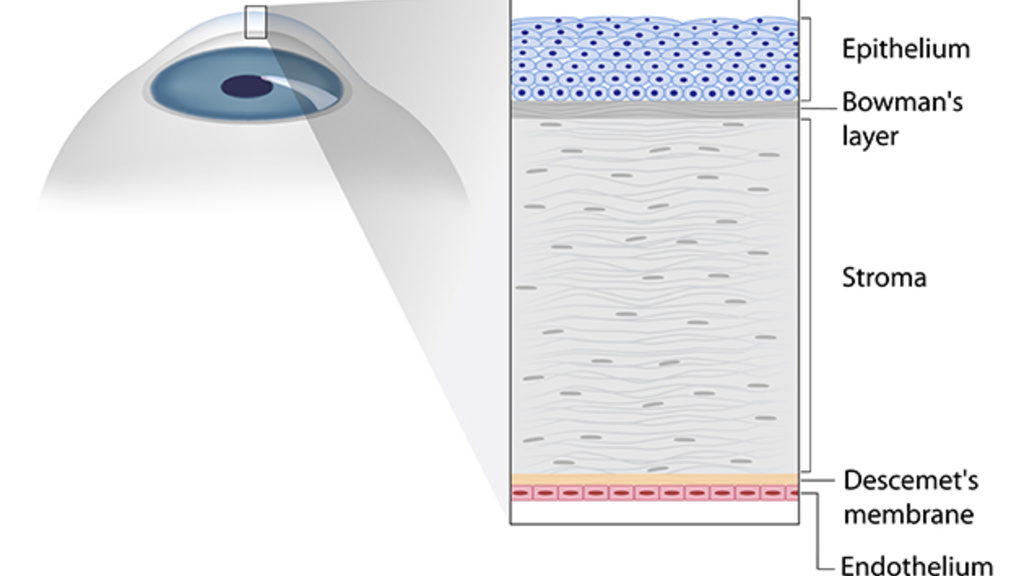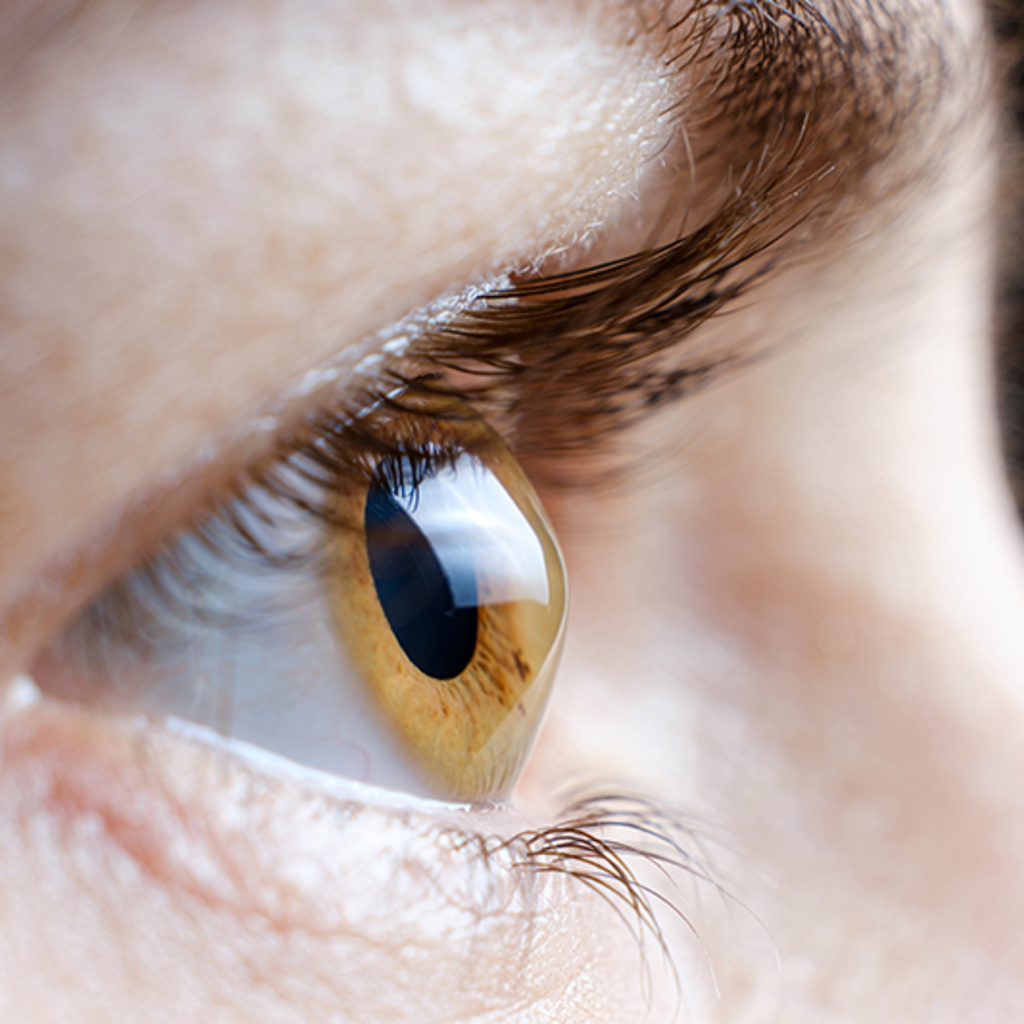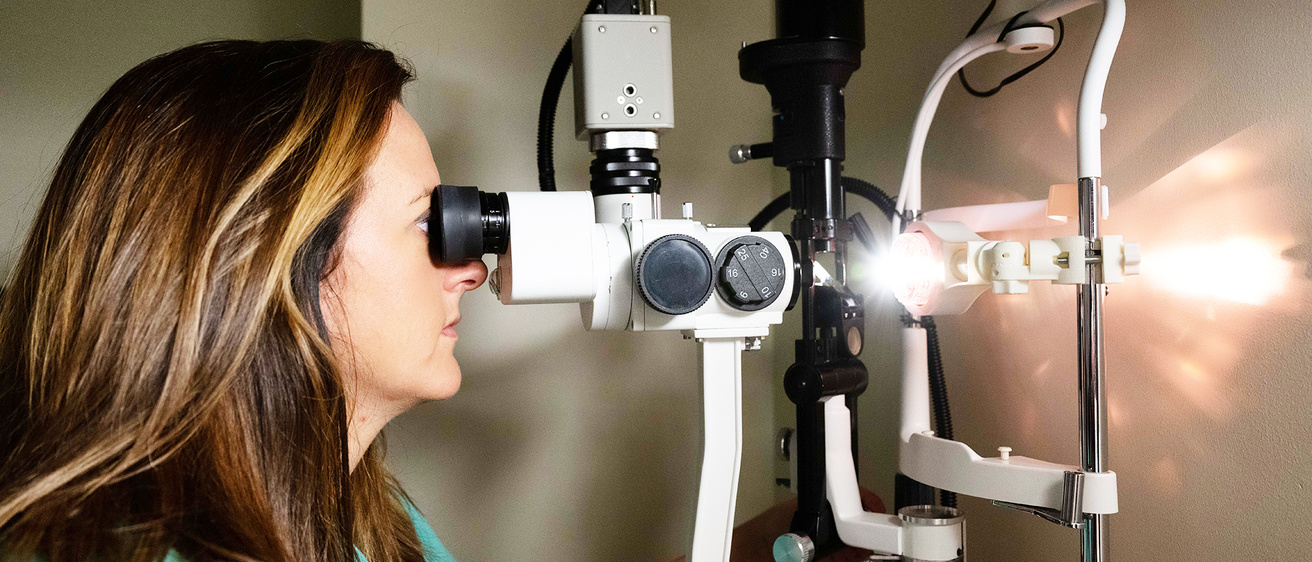
What is the Cornea?
The cornea is the clear, dome-shaped outer layer of the eye that serves many purposes:
- It protects the eye from dirt, germs, and other harmful impurities.
- It filters out harmful ultraviolet (UV) rays from the sun.
It refracts (or bends) light as it enters the eye, helping to focus it onto the retina, which is essential for clear vision.

Structure of the Cornea
Some special things about the cornea are:
- It is avascular; it is the one of the only human tissues not connected to the bloodstream.
- It is made up of five layers: the epithelium, Bowman’s layer, stroma, Descemet’s membrane, and endothelium, which can be remembered by the mnemonic device “Every Body Should Donate Eyes.”
- The cornea is often described as the “windshield of the eye.” It is responsible for about 70 percent of your vision.
The cornea is the only part of the eye that can be transplanted to restore vision.
What is the Cornea

Why do people need corneal transplants?
If the cornea becomes damaged or diseased, it can lead to vision problems and even blindness.
These conditions often lead to a cornea transplant:
- Corneal scars
- Keratoconus, a disorder in which the cornea thins and becomes cone-shaped instead of dome-shaped
- Fuchs Dystrophy, a disorder in which cells of the endothelium gradually die, leading to a buildup of fluid in the cornea, and causing swelling and vision problems
- Injury to the cornea
- Infections, such as acanthamoeba keratitis

